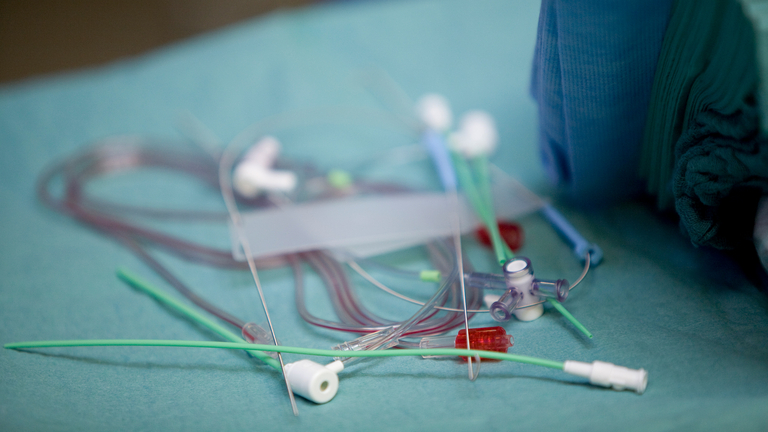
Surgery for coronary heart disease
Surgical procedures involving the coronary arteries become necessary when deposits on the artery walls lead to a narrowing of the arteries, resulting in a reduced flow of blood.

Surgical procedures involving the coronary arteries become necessary when deposits on the artery walls lead to a narrowing of the arteries, resulting in a reduced flow of blood.